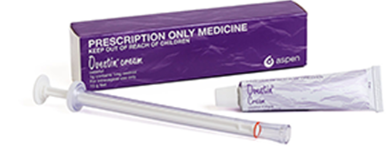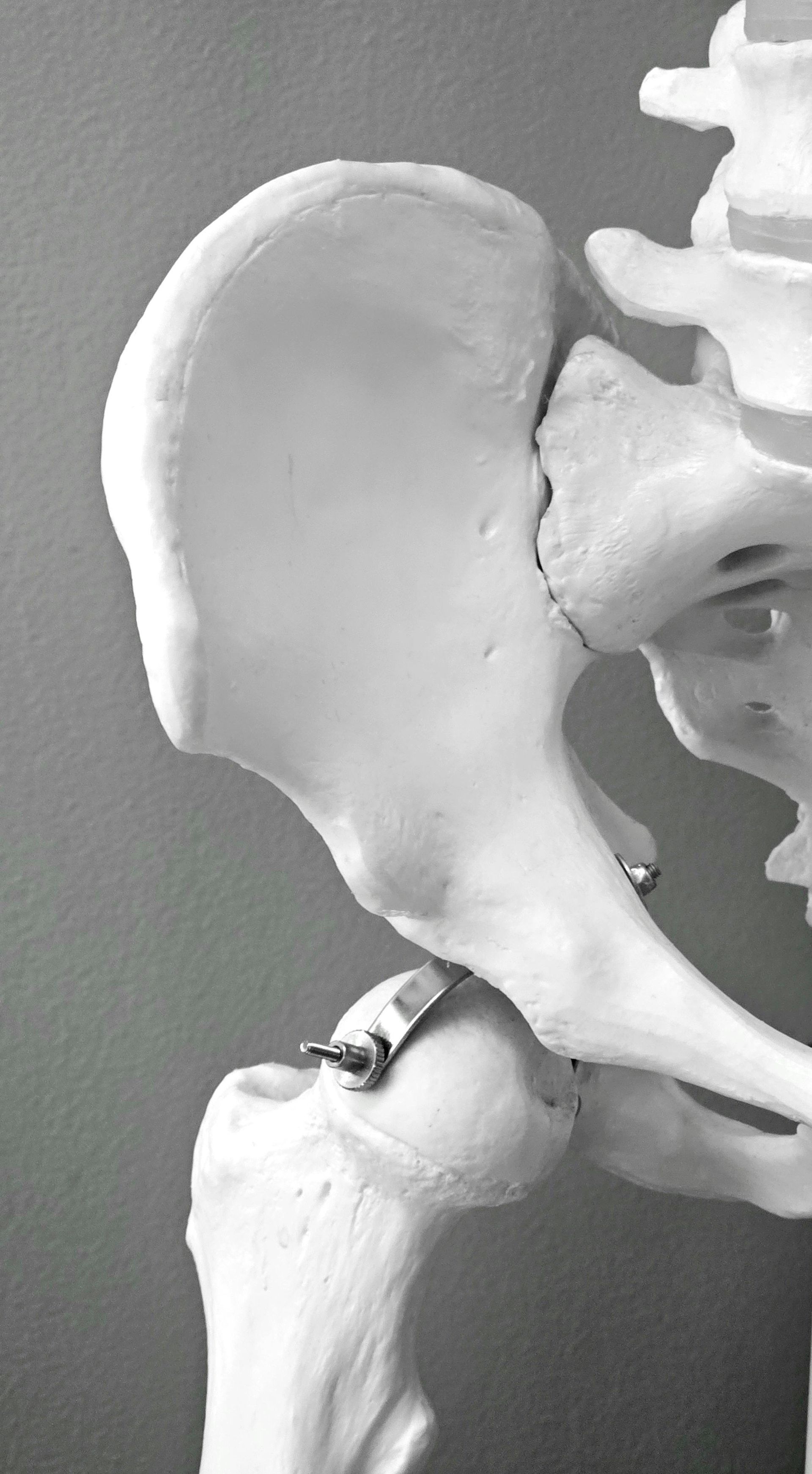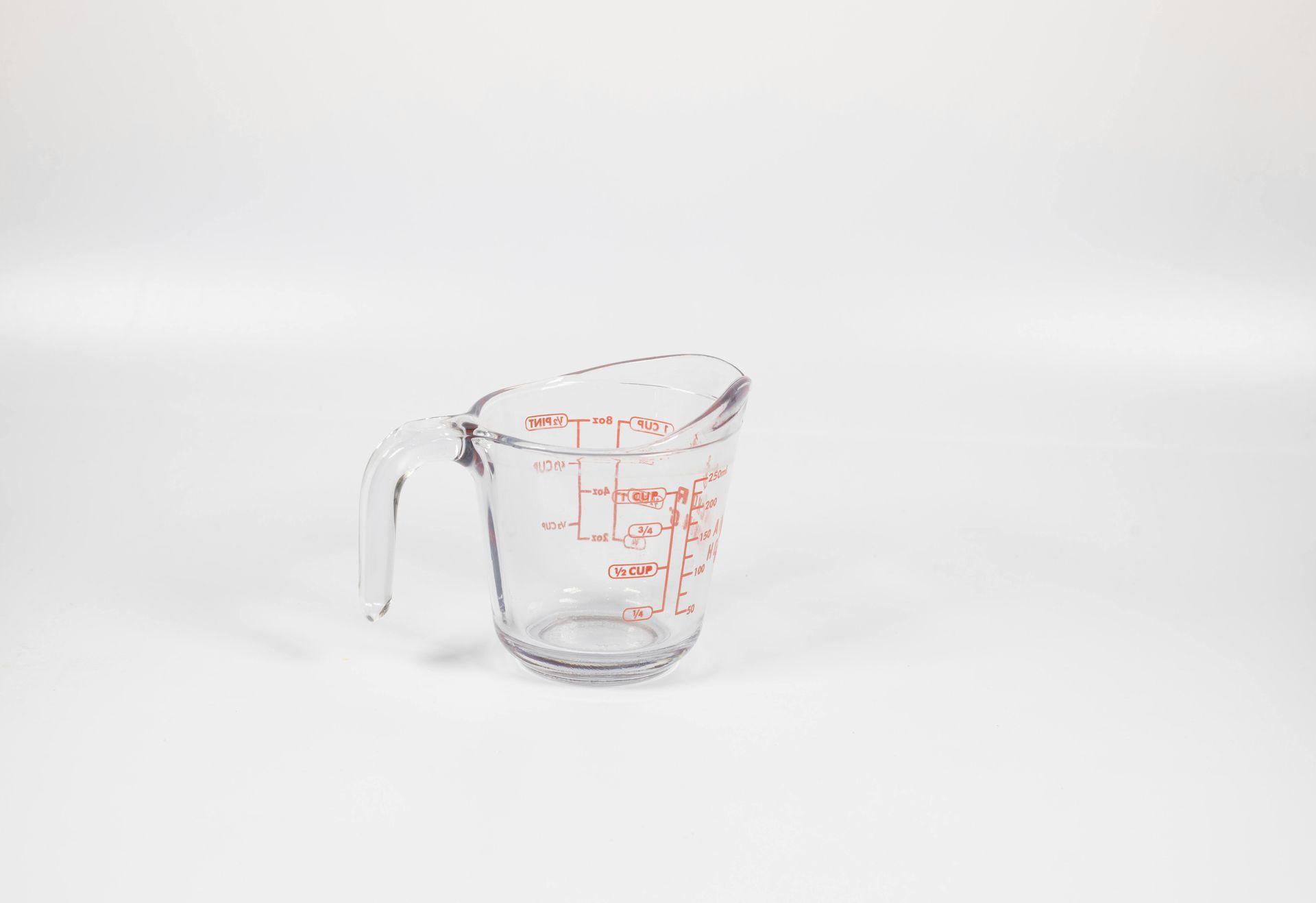UNDERSTAND: Prolapse
What does a prolapse assessment involve?
At FemaleGP clinic, I focus on providing holistic, patient-centered care for women experiencing pelvic floor issues. My approach begins with a thorough discussion of each patient's unique journey.
We review key factors that may contribute to the symptoms. This includes evaluating for constipation, bladder function, and any pelvic muscle activation or spasms. It is incredible how many women think they empty their bowels have their prolapse symptoms improved when we help you poo better! I also consider any history of back or limb injuries, as well as chronic cough, which can affect pelvic floor health.
A detailed obstetric history is essential. I ask about the number and types of deliveries, emphasizing that even cesarean sections do not guarantee protection against pelvic floor disorders. We also discuss any birth injuries, such as perineal tears or levator ani avulsion.
It’s crucial to address any history of trauma, particularly sexual assault. I approach this topic sensitively to ensure patients feel safe and supported in sharing their experiences.
During the assessment, we talk about specific symptoms that are often associated with a prolapse, including feelings of pressure or bulging, urinary or fecal incontinence, and discomfort during intercourse. We also review other parts of your health like your menstrual cycle, obstetric history, fertility plans, hormonal therapy, bowel history and more.
Your pelvis is the centre of your body. It has a role in pretty much everything you do. This is why understanding your job, hobbies, toilet access, fluid intake and more is really important.
To help understand the cause of your symptoms, and the extent of your possible prolapse a physical examination is recommended. This includes a palpation (feel) of your abdomen and also a pelvic examination. A pelvic exam typically involves using a speculum to look into the vagina, and perhaps individual assessment of the front and back walls of the vagina, but also an examination and feel inside the vagina to assess what the organs feel like, is there any other cause for the symptoms eg fibroids, or an ovarian cyst and what the muscles feel like. The muscles may be over active, or under active, and some people are able to locate them, and others can't. All of these aspects help ensure the best management strategy is planned. Most importantly I reiterate that my patients are in control all the time. For many women pelvic examination are very private and personal. Often improving prolapse and bladder symptoms can be started without an examination. I believe it's really important for you to trust the practitioner and understand what they are evaluating.
It is really important to highlight mental health because this is closely related to pelvic floor symptoms and function. I explore how these issues affect patients' daily lives, relationships, and overall well-being and look at what mental health challenges you may have experienced that could be contributing to your symptoms now. Understanding the psychological impact helps me provide more comprehensive support.
When it comes to treatment options, I prioritize a collaborative approach. We discuss conservative management strategies such as pelvic floor exercises and lifestyle modifications. I work closely specialized physiotherapists, both locally in Hawkes Bay and I have gotten to know many around New Zealand to. For those who need additional support, we can explore options like pessaries or surgical interventions.
Throughout this process, I emphasize that this is a journey we are on together. My goal is to empower each woman with knowledge about her body and the available treatment options. I encourage regular follow-ups to monitor progress and adjust our approach as needed.
Ultimately, my aim is for every woman to feel heard, understood, and equipped to take control of her pelvic health. With the right support and guidance, we can work together to achieve positive outcomes.
The Pelvic Floor as a 'Hammock'
The pelvic floor consists of a group of muscles that form a supportive "hammock" or "trampoline" at the base of the pelvis. These muscles stretch from the pubic bone at the front of the pelvis to the tailbone (coccyx) at the back, and attach to the sit bones on either side.
Like a hammock, the pelvic floor muscles provide support by suspending and holding up the pelvic organs. When there is weakness in the hammock/pelvic floor this is when the organs can come down and this can result in a prolapse
Ovestin (topical estrogen cream)
Topical estrogen cream is a main stay part of the treatment for pelvic organ prolapse to improve vaginal tissue quality. It doesn' improve the prolapse itself though, but it can improve symptoms of a prolapse (ie vaginal dryness).
Bowel function
This photo is from my friend, Lisa Smith. A children's continence nurse. Even though Lisa works with children and I work with adults we have lots in common. I also find it really interesting how many womens bowel symptoms worsen, or become more troublesome post partum, but actually they often had symptoms as a child too.
Tools in the toolkit
Optimizing pelvic health requires a range of tools, and the priority of each can shift as needs change over time. In my clinic, I am always discussing things like vaginal moisturizers, lubricants, hyaluronic acid, pessaries, vibrators, and even techniques for bowel movements, highlighting a personalized approach to meet each patient’s unique needs.
Coffee
Coffee can irritate the bladder due to its caffeine content, which acts as a diuretic and a stimulant. This leads to increased urine production and triggers bladder muscle contractions, causing urgency and frequency. Additionally, coffee’s acidity can irritate the bladder lining, especially in people with sensitive bladders. Reducing coffee intake or opting for decaf may help alleviate these symptoms.
Alcohol
Alcohol can irritate the bladder by acting as a diuretic (making you pee more), increasing urine production and leading to more frequent trips to the bathroom. It also relaxes the bladder muscles, which can reduce control and contribute to urgency or leakage. Additionally, alcohol can irritate the bladder lining, causing discomfort, especially in people with sensitive bladders.
Health Library
Learn - Pelvic health

















